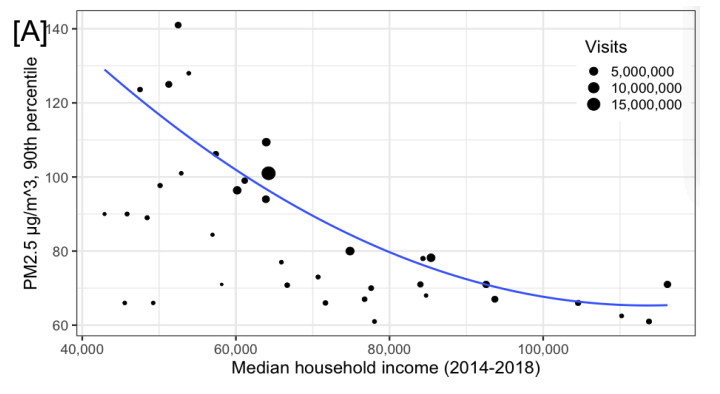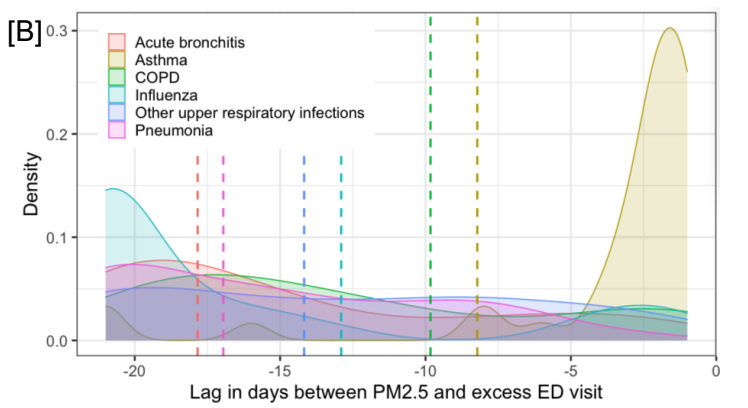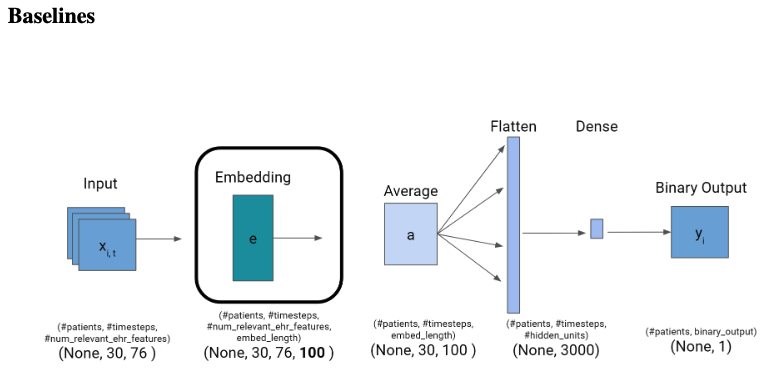Stanford Medical Center
Deep learning for hospital readmission prediction during wildfires
My most involved long-term project (worked on it for 2+ years) was deep learning research I did at the Stanford Medical Center. This was a group effort by myself, Govind Chada, and Ekin Tiu under the mentorship of Dr. David Kim (Department of Emergency Medicine). Our goal was to leverage deep learning models on electronic health record date to predict hospital readmission due to chronic disease exacerbation during periods of bad air quality. This was especially relevant given the recent prevalence of wildfires in California, and worked well with the fact that our data consisted of every hospital admission from 2015-2019 in the state of California.


The project can be split into three main stages.
- Research study motivation and replication of existing work
- Dataset construction
- Model development and evaluation
For the first year or so, I predominantly worked on the first stage, leading exploratory data analyses to validate increased hospital admissions due to asthma and COPD with spikes in particulate matter (PM 2.5) concentration. Later on, I expanded to assist with the other two stages since the first part had the shortest timeline. We build a variety of models, including non-recurrent baselines as well as more nuanced models such as LSTMs and hierarchical attention networks.


Given the clinical nature of this work, one of our main goals was interpretability, and HANs were a big step in this direction. Our goal was to outperform existing research which utilized statistical inference methods as well as our non-recurrent baselines with models such as XGBoost.
We never reached the stage for a final publication despite promising results, but here is an early manuscript of some of the preliminary work that we did.